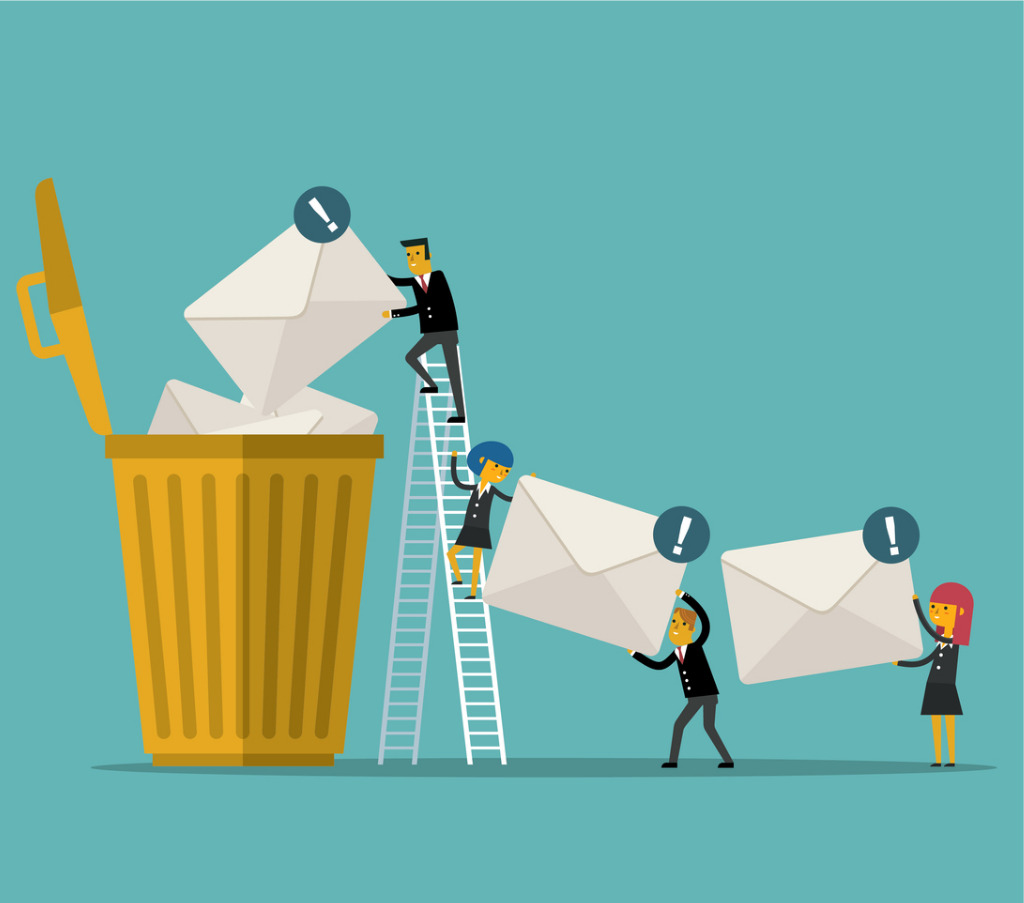
Introduction:
In the ever-expanding digital landscape, email has become a ubiquitous means of communication, fostering connections, facilitating business transactions, and serving as a conduit for information exchange. However, amid the sea of legitimate emails, there exists a persistent and often irksome phenomenon known as junk email. This comprehensive article aims to unravel the intricacies of junk email, delving into its various forms, the technologies combating it, and strategies to shield oneself from its unwanted grasp.
Chapter 1: Defining Junk Email
-
Understanding the Basics: Junk email, commonly referred to as spam, is unsolicited and often irrelevant or inappropriate electronic messages sent over the internet. These messages can flood email inboxes, posing nuisances and potential risks to users.
-
Origins and Motivations: Explore the origins of junk email and the motivations behind its proliferation. From marketing ploys to malicious intent, understanding the diverse reasons for sending spam provides insights into the complex ecosystem of unsolicited emails.
Chapter 2: Types of Junk Email
-
Commercial Spam: Commercial spam comprises bulk emails promoting products, services, or offers. These messages often inundate inboxes with advertisements and solicitations, creating clutter and testing the patience of email users.
-
Phishing Emails: Phishing emails are deceptive messages crafted to trick recipients into divulging sensitive information such as passwords or financial details. Unravel the tactics employed by cybercriminals in phishing schemes and explore strategies for recognizing and avoiding such threats.
-
Malware-laden Emails: Some junk emails carry malicious attachments or links designed to infect recipients’ devices with malware. Delve into the world of malware-laden emails, understanding the potential risks they pose and the importance of robust cybersecurity practices.
Chapter 3: Technologies Combatting Junk Email
-
Spam Filters: Explore the role of spam filters, sophisticated algorithms employed by email service providers to identify and divert spam away from users’ primary inboxes. Uncover the criteria used by spam filters and the ongoing challenges in refining these technologies.
-
Machine Learning and Artificial Intelligence: The integration of machine learning and artificial intelligence has empowered spam filters to evolve and adapt to new patterns and tactics employed by spammers. Understand how these technologies contribute to more effective identification and prevention of junk email.
-
Sender Authentication: Email authentication protocols, such as SPF (Sender Policy Framework) and DKIM (DomainKeys Identified Mail), play a crucial role in verifying the legitimacy of email senders. Delve into the mechanisms of sender authentication and their impact on reducing email fraud.
Chapter 4: Recognizing and Avoiding Junk Email
-
Educating Users: User education is a key component in the battle against junk email. Explore the importance of recognizing common characteristics of spam, understanding phishing red flags, and cultivating a skeptical mindset to avoid falling prey to deceptive emails.
-
Safe Email Practices: Implementing safe email practices involves avoiding clicking on suspicious links, refraining from downloading attachments from unknown senders, and regularly updating passwords. Uncover a comprehensive set of guidelines for users to enhance their email security.
Chapter 5: Legal Frameworks and Regulations
-
CAN-SPAM Act: The Controlling the Assault of Non-Solicited Pornography And Marketing (CAN-SPAM) Act is a U.S. law enacted to regulate commercial email communication. Explore the provisions of the CAN-SPAM Act and its impact on mitigating the impact of spam.
-
Global Anti-Spam Regulations: Beyond national borders, various countries and regions have implemented anti-spam regulations to combat the global challenge of junk email. Examine the international efforts to establish frameworks that deter spammers and protect users.
Chapter 6: Emerging Trends and Evolving Tactics
-
Image-based Spam: Image-based spam represents a tactic where spammers embed text within images to bypass traditional text-based spam filters. Investigate the challenges posed by image-based spam and the countermeasures being developed to address this evolving threat.
-
Social Engineering in Phishing Attacks: Phishing attacks increasingly employ social engineering tactics, manipulating human psychology to deceive recipients. Understand the psychological principles behind social engineering and strategies for fortifying defenses against these sophisticated phishing techniques.
Chapter 7: The Future of Junk Email
-
Artificial Intelligence in Spam Creation: As technology advances, there is a growing concern about the potential use of artificial intelligence by spammers to craft more convincing and personalized spam messages. Anticipate the challenges and ethical considerations surrounding the intersection of AI and spam.
-
Blockchain and Email Security: Explore the role of blockchain technology in enhancing email security. From decentralized authentication to the potential for creating tamper-proof email histories, blockchain innovations offer promising avenues for combating email-based threats.
Conclusion:
In conclusion, the world of junk email is a complex and dynamic realm, constantly shaped by technological advancements, evolving tactics of spammers, and the collective efforts of cybersecurity professionals and users alike. Understanding the multifaceted nature of junk email is crucial for individuals and organizations seeking to navigate the digital landscape with resilience and security.
As technologies continue to evolve, so too will the strategies employed by spammers. The ongoing collaboration between industry stakeholders, policymakers, and informed users remains instrumental in staying one step ahead of the ever-adapting world of junk email. By unraveling the complexities of this digital challenge, we equip ourselves with the knowledge and tools needed to foster a safer, more secure online environment for all.